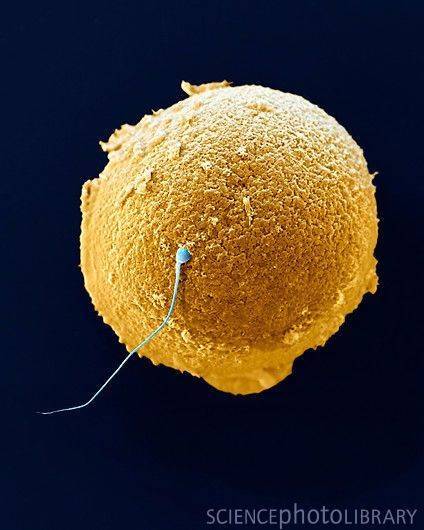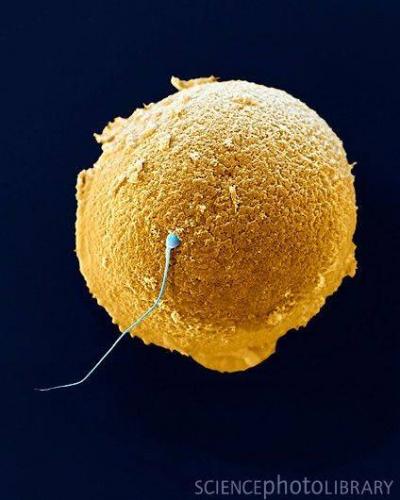Sperm have long puzzled scientists; instead of swimming straight by rotating their tails like fans, human sperm move their tails in an unbalanced manner and roll to balance their motion towards the egg.
Over 300 years ago, microscopy pioneer Antonie van Leeuwenhoek described the tails of sperm swaying in a symmetrical pattern, resembling "a snake or an eel pattern.” However, researchers in a new study published in the journal Science Advances reported that the prevailing view of sperm tails moving in a balanced way does not capture what actually happens in high-speed three-dimensional imaging. High-speed 3D microscopy of freely swimming human sperm in the lab revealed that the cells are twisting as they move, aligning with previous studies, and it appeared that the sperm were seemingly digging into the surrounding fluid, according to Hermes Gadila, a mathematician at the University of Bristol in England.
By using automated tracking of swimming sperm and mathematical analyses of location data, Gadila and his colleagues broke down the tail movement into two components. Surprisingly, the tail only oscillated to one side of the cell. Gadila explained that the sperm resembles a person swimming using only one side of their body. The second component of tail movement causes the sperm to spin, balancing the strokes of its unbalanced motion. From above, the sperm tail appears to pulse symmetrically, as historically described, but more complex three-dimensional microscopy has made sperm look as if they are swimming directly and steadily.




